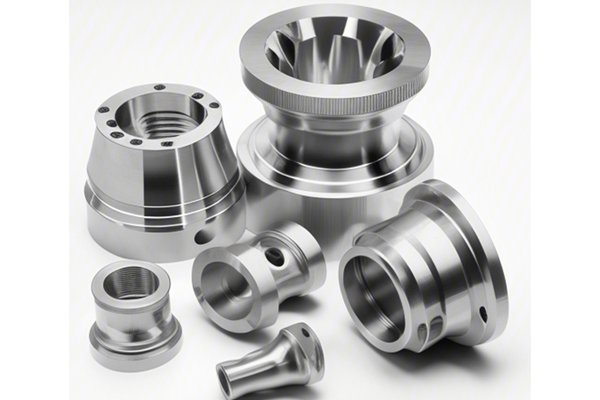Opening:
Did you know that over 70% of the world’s manufactured goods contain some level of plastic components? With such an immense presence in our everyday lives, understanding how various plastics perform in CNC machining is crucial for manufacturers aiming for precision and efficiency. As industries rely increasingly on Computer Numerical Control (CNC) machining for the production of intricate plastic parts, the choice of material can make a significant difference in the manufacturing process, cost, and final product quality.
Understanding CNC Machining
CNC machining has revolutionized the manufacturing landscape by offering a high level of precision and versatility. This technology uses computer algorithms to control machine tools, allowing for the automation of complex cutting tasks. It is a favored method for both metal and plastic fabrication, offering benefits like reduced production time, consistency, and the ability to produce detailed and challenging designs that are often unachievable with traditional machining methods.
The Role of Plastics in CNC Machining
Plastics, known for their lightweight properties and resilience against corrosion, are commonly used materials in various applications ranging from automotive parts to consumer goods. However, not all plastics are created equal. Their performance in CNC machining can greatly vary depending on their chemical composition, mechanical properties, and thermal behavior. Let’s delve deeper into the most common types of plastics used in CNC machining and how they each perform.
Properties and Performance:
Acrylic, also known as polymethyl methacrylate (PMMA), is a lightweight and transparent thermoplastic that closely resembles glass. One of its significant advantages in CNC machining is its ability to be easily cut, shaped, and polished. When CNC machining acrylic, the benefits include:
Challenges:
Properties and Performance:
Polycarbonate is another high-performance plastic noted for its impact resistance and optical clarity. It is commonly used in applications requiring robust materials, such as eyewear lenses and safety gear.
Challenges:
Properties and Performance:
Nylon is a versatile thermoplastic known for its toughness, flexibility, and wear resistance. It’s commonly used for manufacturing gears, bearings, and various fittings.
Challenges:
Properties and Performance:

Delrin, also known as polyoxymethylene (POM), is characterized as an engineering thermoplastic with excellent dimensional stability.
Challenges:
Properties and Performance:
Polypropylene is a commonly utilized plastic known for its toughness and resistance to various chemicals, often used in automotive applications and packaging.
Challenges:
Key Considerations in CNC Machining of Plastics
Tool Selection
The success of CNC machining plastic components greatly relies on tool selection. Operators should consider:
Machining Parameters
Setting the correct machining parameters is paramount to avoiding issues such as melting, chipping, or an unsatisfactory surface finish. Factors to consider include:
Finishing Techniques
Post-machining processes are vital to achieve the desired product aesthetics. Depending on the material, different finishing techniques can be employed:
Understanding the performance of various plastics in CNC machining environments allows manufacturers to make informed decisions that enhance productivity and product quality. Each plastic possesses its unique set of characteristics, providing opportunities and challenges that must be navigated carefully through strategic tool selection, adjusting machining parameters, and employing suitable post-processing techniques.
By paying close attention to the types of plastics utilized in industrial applications, companies can achieve remarkable results and gain a competitive edge in their respective markets. This blog serves as a reminder that the vital role of plastics in CNC machining should not be underestimated. Whether you are a seasoned CNC operator, a manufacturer licensing new product designs, or simply exploring options, recognizing the intricacies of these materials will help you refine your processes and end products.
Incorporating this knowledge into your operations isn’t just a good practice; it’s an essential step toward innovation and operational excellence in today’s material-driven world.






